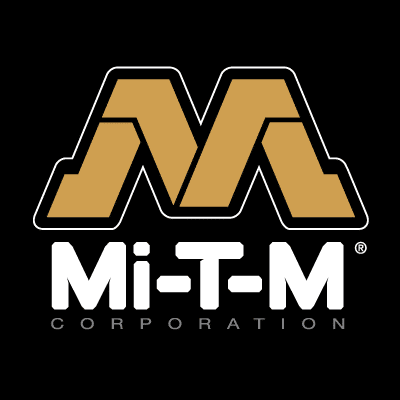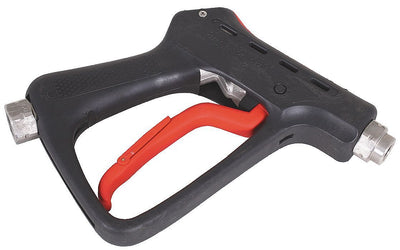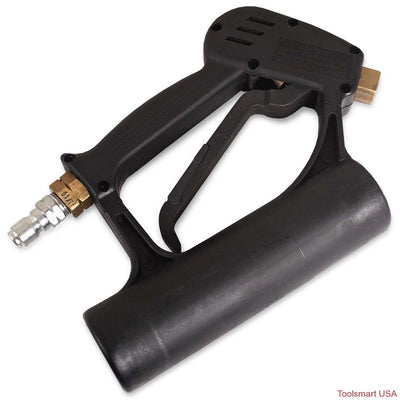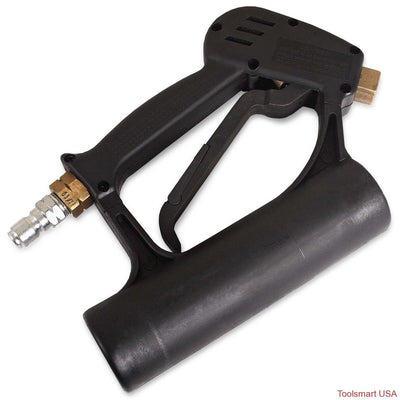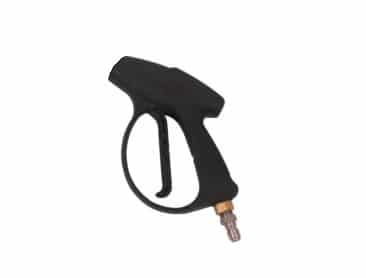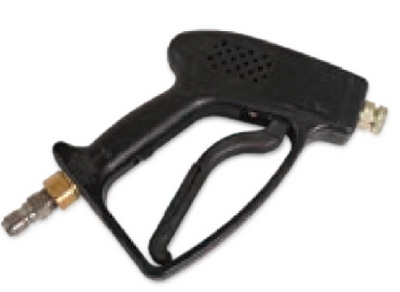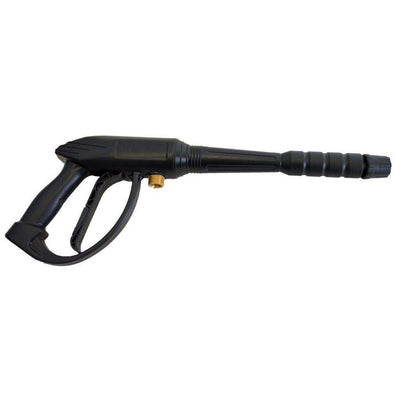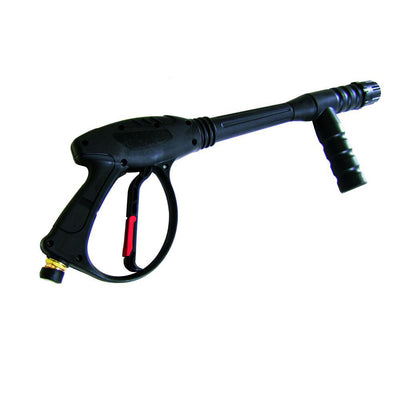Spraying Zolatone Coating – A Complete Guide
Zolatone is a unique product that offers excellent hiding ability of stains and resists scuffing well. Combined with zolatones ability to be applied to about any substrate it is no wonder that zolatone is a popular coating choice for many commercial painting projects. While zolatone is a popular product for providing a finish that will resist wear and staining, it does have unique requirements to be applied. We will cover the common requirements to apply zolatone and common steps that are taken when applying zolatone (though different brands may have their own requirements) which makes reading the technical data sheet for your specific zolatone crucial to ensure best results.
Commonalities among Most Zolatone Coatings
Most Zolatones are a combination of colors and often have a tendency to separate in the formulation. As a result most zolatones will require you to mix them prior to being sprayed. Generally, you will use a hand agitation method rather than a mechanical or pneumatically operated agitator. In addition to requiring hand mix, zolatone will typically have similar requirements for the surface prior to application. For example the surface will require a primer that is white prior to applying the zolatone. Additionally, you typically do not thin zolatone very much and when being sprayed often will aim for the finish to appear a bit splattered.
Equipment for Spraying Zolatone
Zolatone is most often applied by an internal mix 2100 spray gun by Binks using a paint pressure pot that is ASME rated. Zolatone will often require relatively high fluid and air pressures so having the ASME rated paint pressure pot will ensure you can spray the material well. You will need a compressor to spray the Zolatone with the paint pressure pot and spray gun, the compressor should be atleast 7 CFM but preferrably 20 CFM is ideal. Most zolatones will use an internal mix 2100 spray gun (like the one in this complete paint pressure pot setup). However some zolatones are being formulated to be sprayed with an external mix air spray gun and a large fluid nozzle which will still be a 2100 spray gun but the air cap is different than the one that comes on the setup mentioned, the tank outfit for zolatone that is suppose to be external mix would be Binks 98c-357.
Equipment settings for spraying Zolatone
To spray zolatone you will need to be comfortable using a paint pressure pot. If you need to learn more on using a paint pressure pot we have this guide here. You will adjust fluid pressure with the internal mix air cap off until you see a consistent fluid stream at which point you can then begin to apply air to the coating. A unique part of spraying zolatone will be that you adjust the air but will not have finely broken up particles like you may be used to if you have used a spray gun for other projects. Additionally, you will start with the spray gun held back further from the surface then you typically do when spraying other coatings (about 12 inches for a first coat with the fluid needle adjusted inward slightly). The first coat is lightly applied and will have smaller particles than the final coat which is used to help provide a base for adhesion and then a thicker coat is applied but at an even greater distance from the surface of about 2 feet. You will want to wait to apply the second coat until the initial light coat has dried. The final coat you will use less air pressure then the initial coat because you will not want to break the paint particles as finely and will leave the fluid needle completely adjusted out.
Final thoughts on Spraying Zolatone
Spraying zolatone is a unique process. By knowing the two primary equipment types required and the proper steps to adjust your equipment you will be better able to achieve good results when spraying zolatone.

